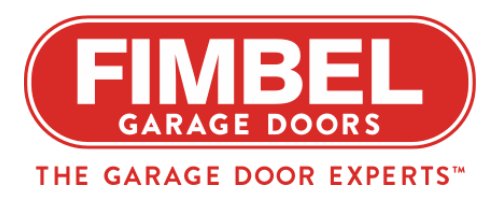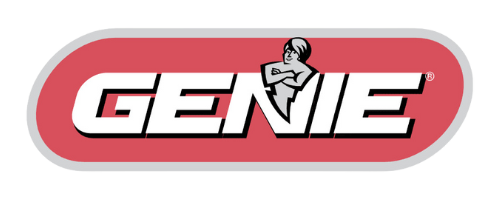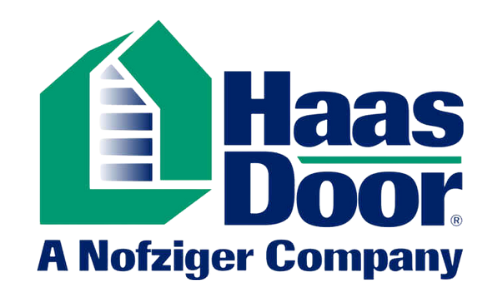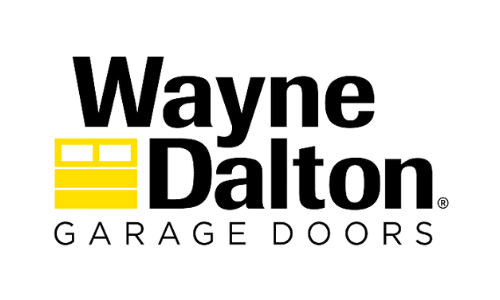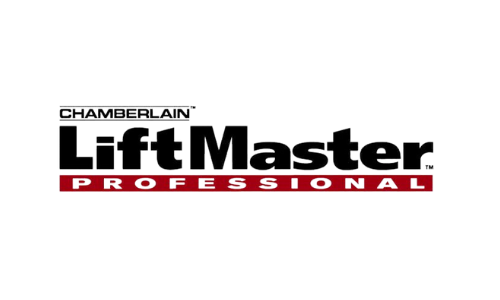10 Essential Garage Door Maintenance Tips Every Homeowner Should Know
10 Essential Garage Door Maintenance Tips Every Homeowner Should Know
Your garage door is a significant part of your home’s daily function and appearance. Regular upkeep keeps it operating smoothly, safely, and reliably for many years to come.
Ignoring your garage door can unfortunately, lead to inconvenient breakdowns, potentially expensive repairs, or even unsafe operating conditions. Allocating a small amount of time for maintenance now can prevent major issues later.
Read on to discover ten straightforward steps from Aquarius Door Services that you can implement to properly care for your garage door.
Tip 1: Look and Listen Regularly
The most fundamental maintenance step involves simply observing and listening to your garage door as it operates. Open and close the door completely, paying close attention to its movement. Does it travel steadily along the tracks, or does it exhibit jerky motions, hesitation, or unevenness?
Listen carefully for any unusual sounds, such as scraping, grinding, screeching, or popping noises. These sounds often signal underlying problems like worn rollers, lubrication needs, track misalignment, or issues with the springs. Identifying these auditory cues early allows for prompt attention before minor problems escalate.
Tip 2: Clear and Check the Tracks
The metal tracks mounted vertically on each side guide the door’s movement. It’s helpful to keep these tracks clean and clear. Inspect them visually for any accumulated dirt, hardened grease, or physical obstructions like stray tools or debris that could impede the rollers.
Use a damp cloth to wipe down the inside of the tracks. Also, look closely for any signs of damage, such as significant dents or bends. Use a level to confirm the tracks are perfectly plumb (vertical); misaligned tracks create binding and stress the entire system, potentially damaging the door or opener.
Tip 3: Tighten Up the Hardware
The constant movement and vibration of a garage door opening and closing can gradually loosen nuts and bolts over time. Take a few minutes periodically with a socket wrench to check the fasteners securing the track system and the door hinges. Focus on the bolts holding the vertical and horizontal track sections.
Also, check the lag screws or bolts mounting the tracks to the wall framing. Gently tighten any hardware you find loose. Be careful not to overtighten, as this could strip the bolt threads, crack a component, or warp the tracks, leading to new problems with door operation.
Tip 4: Inspect the Garage Door Rollers
Garage door rollers, located in the tracks, are essential for smooth and quiet operation. Inspect these rollers every few months for signs of wear or damage. Depending on your door, you might have nylon rollers (often quieter) or steel rollers. Look for cracks, chips, or excessive wear on the roller surface.
Rollers that are worn, cracked, or seized (not spinning freely) can cause the door to operate erratically, bind in the tracks, and make excessive noise. Replacing worn rollers is a manageable task for many homeowners and helps maintain smooth function. Most quality rollers last for years, but periodic checks are wise.
If you are experiencing issues with your door, don’t hesitate to call Aquarius Door Services right away. We can help you keep your garage door in good shape. Contact us today at (201)676-8773.
Tip 5: Lubricate Moving Parts Wisely
Proper lubrication reduces friction, promotes quieter operation, and extends the life of moving components. Use a high-quality lubricant specifically recommended for garage doors, like white lithium grease or a silicone-based spray. Apply lubricant sparingly to the door hinges where the panels connect.
Also, lubricate the stems of steel rollers (where they insert into the hinges) and the bearings within nylon rollers if accessible. Apply a light coating to the torsion springs located above the door header; this helps prevent corrosion and allows smoother coiling. Do not lubricate the actual tracks, as grease can attract dirt and gum up the system.
Tip 6: Check the Cables and Pulleys
The heavy lifting of your garage door is handled by high-tension lift cables, usually working with torsion springs or extension springs. Carefully inspect the steel cables running from the bottom corners of the door up towards the spring system. Look closely for any broken strands, fraying, kinks, or signs of rust.
If your door uses extension springs (running alongside the horizontal tracks), also inspect the pulleys that the cables run over. Check that pulleys spin freely and show no signs of cracking or excessive wear. Damaged cables or pulleys represent a significant safety risk, as cable failure can cause the door to fall suddenly.
Do not attempt to adjust, repair, or replace these components yourself; contact a qualified professional like Aquarius Door Services to schedule an appointment due to the extreme tension involved.
Tip 7: Test the Garage Door Balance
A properly balanced garage door should hold its position when partially opened manually, indicating the springs are correctly counterbalancing the door’s weight. An unbalanced door puts excessive strain on the garage door opener motor, shortening its lifespan and potentially causing failure. To test the balance, first disconnect the opener mechanism.
Usually, this involves pulling down on the red emergency release cord hanging from the opener rail. With the opener disengaged, carefully lift the door by hand until it’s about three to four feet off the ground. Let go gently. If the door stays put, it’s likely well-balanced. If it drifts down or flies up rapidly, the spring tension needs adjustment. Spring adjustment is hazardous and should only be performed by trained garage door technicians.
Tip 8: Test the Auto-Reverse Safety Features
All modern garage door openers incorporate safety features designed to automatically reverse the door if it encounters an obstruction while closing. Regularly testing these features is vital for preventing accidents. There are two main safety systems to check. First, test the photoelectric sensors, or “safety eyes,” located near the bottom of the vertical tracks.
Start the door closing, then wave an object like a broom handle through the invisible light beam connecting the sensors. The closing door should immediately stop and reverse. Second, test the mechanical safety edge reverse. Place a solid object, like a block of wood (a 2×4 laid flat works well), on the floor directly in the door’s path. When the descending door edge makes contact with the wood, it should promptly reverse direction. Test both systems monthly.
Tip 9: Inspect the Weatherstripping Seal
The flexible seal running along the bottom edge of your garage door is called weatherstripping. This rubber or vinyl component plays a key role in sealing the gap between the door and the garage floor. It helps keep out rain, snow, dust, drafts, and unwanted pests like insects or rodents.
Examine the entire length of the bottom seal. Look for signs of damage such as cracks, splits, brittleness, or sections that are torn or missing. A compromised seal reduces your garage’s energy efficiency and allows the elements inside. Replacing worn or damaged weatherstripping is a relatively simple DIY task that improves the seal of your garage.
Tip 10: Groom Your Garage Door’s Appearance
Maintaining the physical appearance of your garage door not only enhances curb appeal but can also help protect the door material itself. Periodically wash the exterior surface of the door panels. Use a mild detergent mixed with water, applying it gently with a soft cloth or sponge, much like washing your car.
Rinse the door thoroughly with clean water afterward. For steel doors, pay particular attention to the lower sections and inspect for any developing rust spots. Address rust promptly with sanding, priming, and touch-up paint to stop it from spreading. Wooden garage doors require more attention; they typically need repainting or restaining every few years to protect the wood from moisture and sun damage.
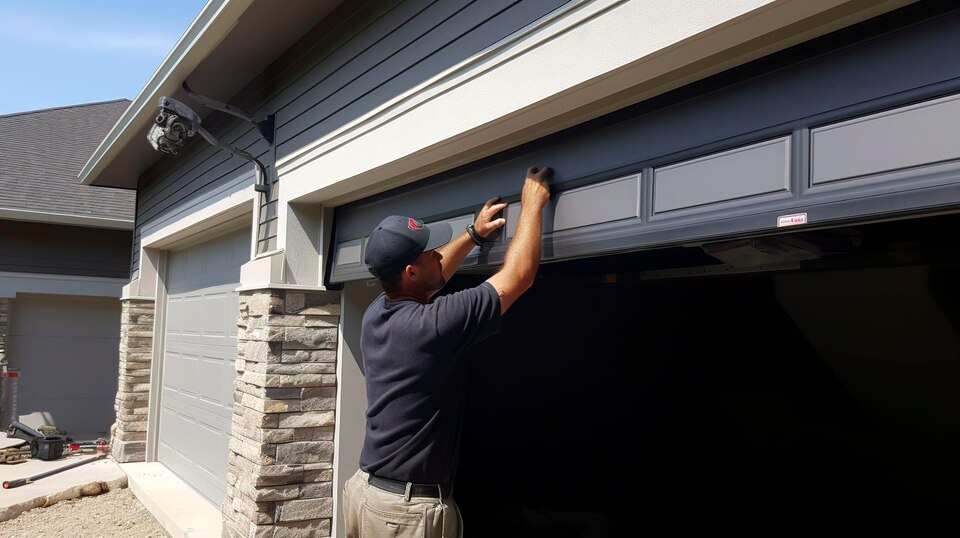
10 Essential Garage Door Maintenance Tips Every Homeowner Should Know
Consistently applying these 10 essential garage door maintenance tips is a practical way to keep your door operating reliably and safely. Regular inspections and minor upkeep actions help prevent sudden malfunctions, avoid the hassle and cost of emergency service calls, and contribute to the system’s longevity.
Think of this routine care as a valuable part of your home maintenance schedule. A well-maintained garage door provides security, convenience, and peace of mind, knowing that one of the largest moving parts of your home is functioning as it should. Your small investment in time yields significant returns in performance and durability.
Aquarius Door Services is there to help you keep your garage door running smoothing from the most common issues. Come visit us at 681 Lawlins Rd # 210 Wyckoff, NJ 07481.
Check out the map below to locate the information you need for a comprehensive guide!



